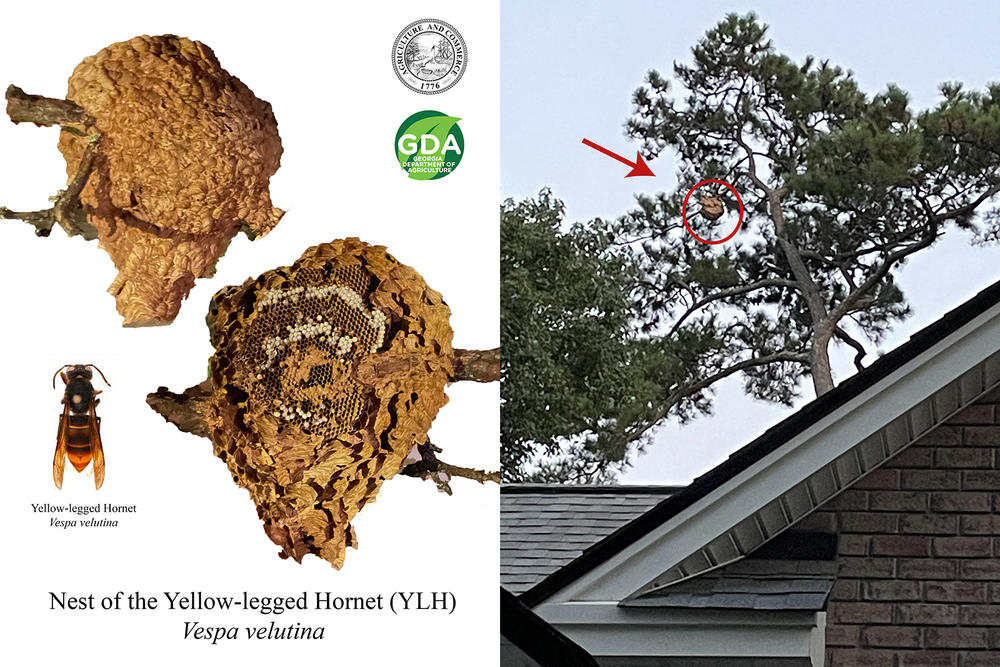
Caption
The Georgia Department of Agriculture shared images of a yellow-legged hornet nest that its scientists removed Wednesday from a tree on a Wilmington Island residential property located near the Savannah Bee Company's garden.
Credit: Georgia Department of Agriculture

